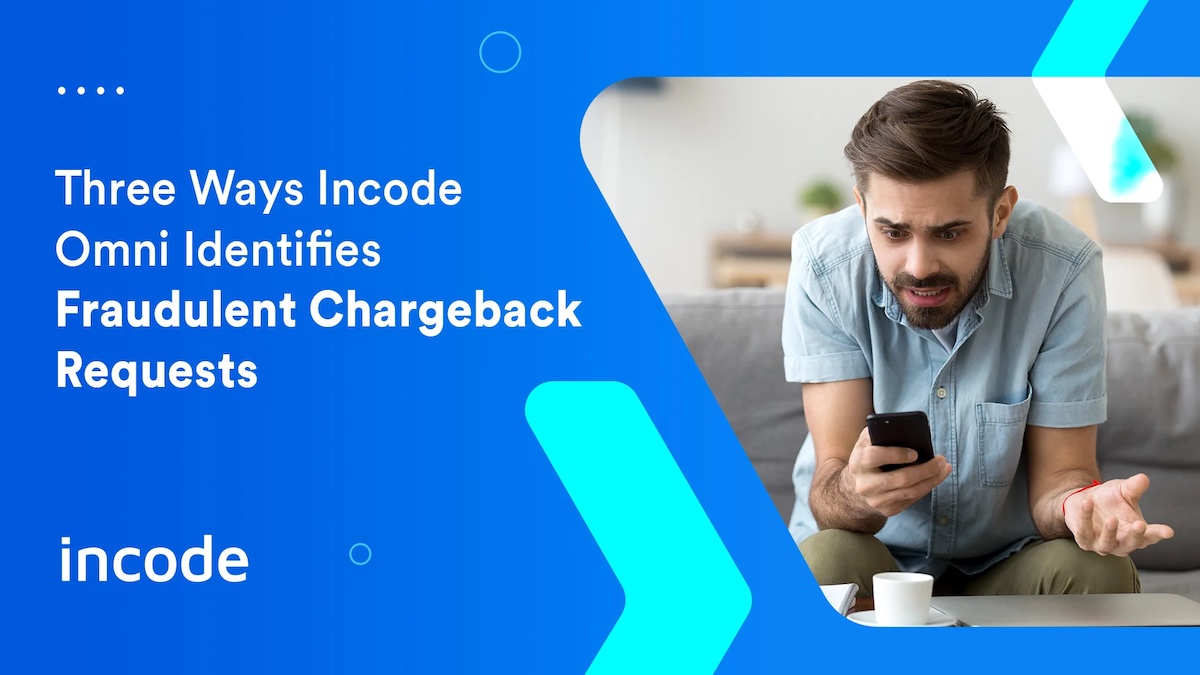Three Ways to Identify Fraudulent Chargeback Requests
In July, Cheryl Chiodi wrote an article for the Bank Administration Institute (BAI) that addressed how banks can streamline chargeback representment, an important topic for the financial services industry. If you’re not familiar with “chargebacks” or “chargeback representment,” here are the definitions of these terms:
- Chargebacks are refunds paid to customers who claim they were charged for something that they did not receive. According to Chiodi, the estimated global value of 2022 chargebacks is $615 million. While many chargeback requests are legitimate, some customers fraudulently receive money by filing illegitimate requests.
- A chargeback representment counters an incorrect or fraudulent chargeback request and includes compelling evidence that the customer made the purchase and received the product or service. Because of the many players involved (the customer, the customer’s issuing bank, the retailer’s acquiring bank, and the retailer), and because of the manual processes some use to research chargeback requests, chargeback representments are difficult to assemble.
Chiodi proposes to simplify chargeback representments by replacing manual processes with automatic ones. This makes it much easier to gather the evidence to refute an illegitimate chargeback request.
Focusing on two reasons for chargebacks
While there are many reasons for chargebacks, two are related to alleged payments fraud.
- “Cardholder did not authorize transactions.” In this scenario, a valid card was used for a purchase, but the cardholder did not authorize its use.
- “Charges were made with a stolen card.” In this case, a fraudster obtains a valid physical card, or the electronic information associated with a physical card, then initiates a purchase and provides a fraudulent authorization on behalf of the true cardholder.
When responding to unauthorized transaction or stolen card claims, how does the retailer prove that the legitimate cardholder authorized the transaction?
Three ways Incode refutes fraudulent chargeback requests
Organizations that use the Incode Omni platform can automatically document all aspects of a transaction, both during the customer onboarding process (before the transaction) and at authentication (during the transaction). Incode Omni performs the following three steps, allowing an organization to refute a fraudulent chargeback request:
Step 1: Verify the customer’s identity during the customer onboarding process
As a financial institution or a retailer processes a customer’s application, the organization can use the Incode Omni platform to positively verify a customer identity.
- With Incode Omni the customer uses their smartphone to automatically capture identifying information such as their face and their identity document (such as a driver’s license).
- Incode Omni verifies that the captured identity information is legitimate.
- Incode Omni also uses additional checks (such as comparing the live face with the face on the identity document or comparing information on the identity document with information in a government database) to prove the customer’s identity.
- These checks are performed automatically with no human intervention, eliminating the chance of human-initiated fraudulent approvals.
- If the organization wishes to do so, it can even capture electronic evidence that cannot be repudiated, such as customer signatures or even onboarding videos, proving that the customer (and not an imposter) completed the onboarding process.
As a result of these steps, the financial institution or retailer has positive assurance that a customer is who they say they are.
Step 2: Verify that the payment card truly belongs to the customer
While Incode Omni is capturing and verifying the customer’s face and identity document, the platform can also automatically capture the payment card to confirm that it is legitimate and that it is truly associated with the customer.
As a result, the financial institution or retailer not only knows the identity of the customer, but also associates the customer with a legitimate payment card.
Step 3: Authenticate the customer at the time of purchase
Once the customer and the payment card are known, Incode Omni authenticates any attempt to use the customer’s account to make a payment.
- Authentication uses Incode’s NIST-tested facial recognition algorithm and iBeta-confirmed liveness detection.
- Customers can authenticate at a smartphone, computer, kiosk, or automated teller machine (ATM).
- Incode Omni captures the face of the person initiating the transaction, uses liveness detection to confirm that this is a true face, and confirms that the face of the person making the purchase is the same as the face of the person associated with the account.
This not only eliminates the possibility of a fraudulent transaction, but also provides irrefutable evidence that the customer made the purchase.
A financial institution or retailer can assemble the evidence of a confirmed customer identity, a properly associated payment card, and an authenticated transaction. A chargeback representment can cite this evidence to refute a claim of an unauthorized payment, or payment with a stolen card.
Can Incode reduce chargebacks in your organization?
Incode’s chargeback representment capabilities do not only apply to financial institutions or retailers. They apply to any organization that accepts cards for purchases, ranging from gambling institutions to healthcare providers to hotels to stadiums.
If you would like further information on the Incode Omni platform and its ability to refute fraudulent chargebacks, please contact Incode.
